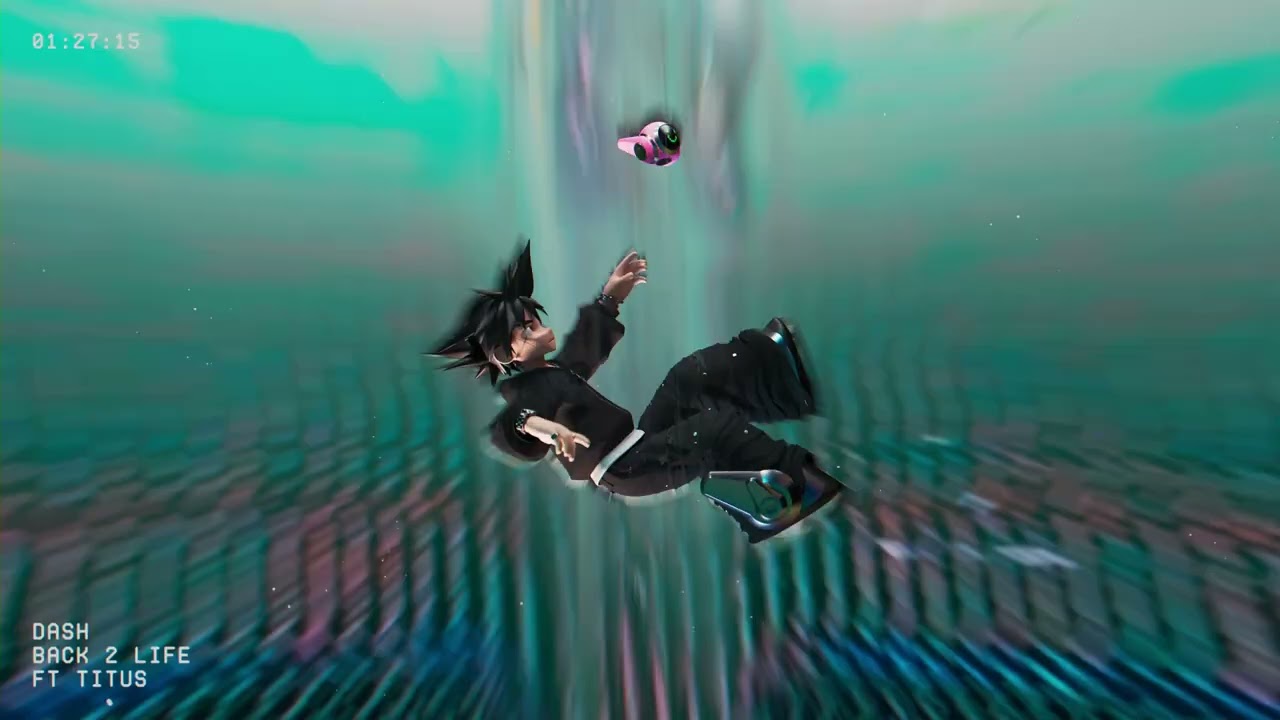When Ghost in the Shell was first released in America, many people might've picked up the VHS and made several assumptions based on the cover showing Motoko Kusanagi topless. If that cover was your first introduction to the franchise, you might think you were holding an exploitation film, not a genuine masterpiece of storytelling.
Nudity is not always purely exploitative. It can represent purity, humanity, vulnerability or sexuality -- all done through the visual medium of storytelling. Of course, some stories -- be they films, comics or anime -- exploit nudity for cheap thrills, which can alienate audiences. Is Ghost in the Shell exploitative in its presentation of nudity or does the nudity contribute to the series' deeper themes?
The 1995 Film
In the opening minutes of the 1995 Ghost in the Shell film, Motoko takes her shirt off in order to use her thermoptic camouflage, which renders her invisible for stealth missions. This is the main reason why Motoko strips naked throughout the film: mechanical practicality.
Because nudity is such a mechanical function for Motoko, she doesn't percieve it the same way as the rest of the world. This disconnect is exemplified in a small moment that occurs after Motoko, in order to connect to some semblance of her humanity, goes diving. Afterwards, she strips out of her diving gear, which makes Batou feels compelled to look away, giving her privacy when she doesn't ask for it.
Stand Alone Complex, Innocence and Live-Action
The various anime incarnations of Ghost in the Shell use nudity as a means to highlight how the flesh and mechanical have become intertwined. Later adaptations like Ghost in the Shell: Stand Alone Complex and the live-action film both make the thermoptic camoflauge less explicit by giving Motoko a flesh-colored suit rather than strip naked. The message remains the same, but the visual is toned down. However, the bare body is often highlighted to emphasize how humanity has become increasingly cybernetic.
Of course, there is another reason why Motoko strips down at times throughout the franchise: to have sex. There are numerous sexual scenes involving Motoko in Stand Alone Complex where she sleeps with other women. However, these scenes are shown very tastefully, without anything explicit visuals on-screen.
The most explicit sexuality in the Ghost in the Shell anime franchise is in Ghost in the Shell 2: Innocence, where several gynoids -- sex androids -- start to violently malfunction. This leads down the rabbit hole mystery of the film -- why this is happening, what actually is happening, and how the yakuza, a gynoid manufacturer and Motoko Kusanagi are tied into this problem. The film centers around the sex robots, going into detail how their sexualized bodies are both manufactured and dehumanized by those who use them. Everyone sees them as just sex toys, but the reality is that these gynoids appear to have developed Ghosts -- a soul, essentially.
Nudity and sexuality here are used as a bizarre contradiction. If an object designed for robotic sex and pleasure develops a will of its own, how might it react to its own objectification? Does it have a say in consenting to perform the tasks it was designed to do? And, as we see throughout, are these gynoids responsible for hurting someone else in self-defense? The use of nudity highlights these question.
But Then There's the Manga
While the anime's use of nudity is overall tasteful, the original manga is more problematic, due in part to how Masamune Shirow's attitude toward sexuality is more superficial. After finishing the Ghost in the Shell manga, Shirow went on to spend his career illustrating what he loves: hentai.
Shirow's later Ghost in the Shell manga installments, Ghost in the Shell 2: Man-Machine Interface and Ghost in the Shell 1.5, are hyper-sexualized for the sake of it. The nudity the manga feels less thematically relevant since Motoko is more in touch with her humanity than in the anime adaptations. She cracks more jokes, is far wittier and feels embarrassed when caught naked, unlike in the film where part of the point is how she doesn't care if anyone sees her naked.
Most fans agree that Ghost in the Shell 1.5 is the weakest entry in the manga library and showcases where Masamune's career would go after its completion. The original manga is a stronger cyberpunk action story, though it has its arguably gratuitous fanservice moments including a two page sex scene which was cut from English publications of the manga.
About The Author

